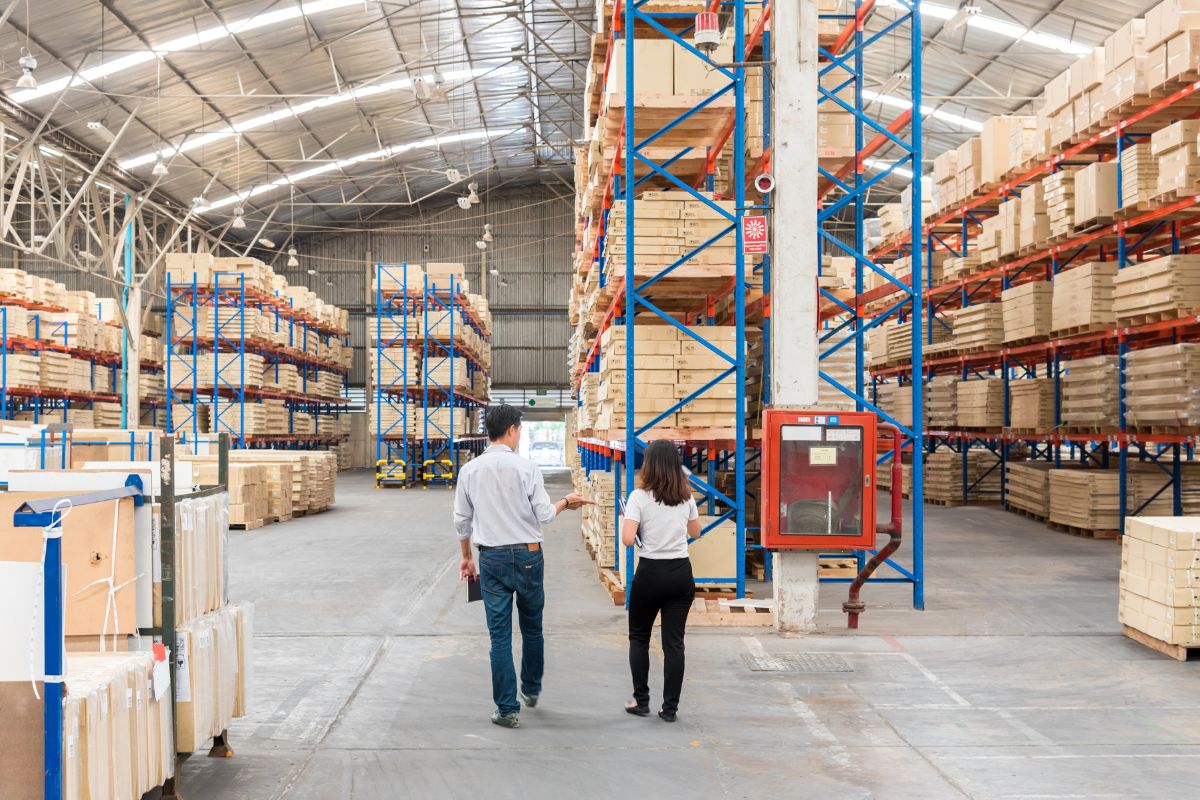2025
How to Choose the Right Food-Grade Warehouse for Your Business

When it comes to food-grade warehousing, you’re not just picking a place to store boxes. You’re choosing a partner that will help you stay compliant, keep your product safe, and protect your brand’s reputation. Get it wrong, and you’re dealing with more than just delays; you’re looking at spoilage, failed inspections, or worse, customer complaints.
So, how do you find the right fit? Let’s break it down.
Start With Food Safety Compliance
This should be the first filter. A food-grade warehouse needs to be certified and audit-ready. That means HACCP plans, strict hygiene protocols, and up-to-date certifications like SQF or BRC. If a facility can’t confidently walk you through their compliance history or produce documentation on demand, that’s a red flag.
The right partner treats safety as the bare minimum, not a bragging right.
Look at Cleanliness Beyond the Surface
It’s easy to tidy up for a tour, but what you need to understand is their day-to-day sanitation routine. Are cleaning schedules consistent and logged? Is pest control active and preventive, not reactive? Do they use food-safe materials throughout the facility?
If the basics are being skipped, the fancy certifications don’t mean much.
Climate Control Isn’t Optional
Food-grade warehousing lives or dies by temperature control. Whether you need ambient, refrigerated, or frozen storage, each zone must be monitored and logged around the clock. A good facility will not only track this in real time but also have backup systems ready in case things go sideways.
Bonus points if they’ve got experience handling products with different climate needs under one roof.
Know What Happens When Things Move Fast
Food moves quickly. And it expires even faster. Your warehouse should be able to manage FIFO or FEFO rotations without mixing up batches or missing expiration dates. If there’s ever a recall, you want them to know exactly which lot went where, and when.
Traceability isn’t a nice-to-have. It’s the difference between a targeted recall and a brand meltdown.
Think Long-Term: Can They Scale With You?
Today, you might need 5,000 square feet. In six months, you could need double that. Your warehouse partner should be ready for growth without forcing a complete operational overhaul. Look for flexible layouts, modular racking systems, and partners who understand seasonal peaks aren’t just “nice problems to have.”
And location matters too. Proximity to highways, ports, or your manufacturing facility can make a big difference in both speed and cost.
Choose People, Not Just Facilities
Technology, certifications, and infrastructure matter, but so does communication. Are they responsive? Do they keep you in the loop when things change? Do they take time to understand your products and your pain points?
The best partners act like an extension of your team, not just a vendor behind a locked door.
The Right 3PL Warehouse Partner Makes Everything Else Easier
When you find a food-grade warehouse that’s clean, compliant, transparent, and flexible, it takes a massive weight off your shoulders. You get more than storage. You get peace of mind.
Ask the tough questions, go beyond the surface, and trust your gut. If a facility feels off, it probably is. But if it clicks, you’ve found a partner who’s ready to help your business grow safely and smartly.
With facilities in Toronto, Vancouver, Calgary, and throughout Canada, we are equipped to optimize your regional and national logistics solutions.

